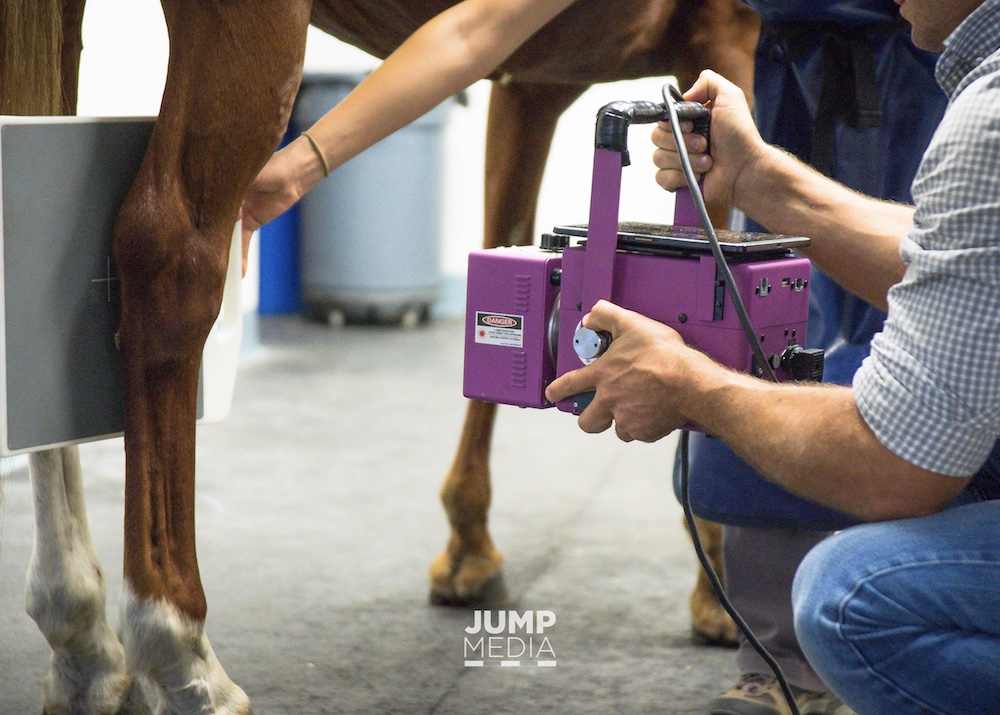In Europe, a new directive (EU Directive 2019/771) has been passed by the European Parliament that aims to protect the consumer in the purchase of goods, presumably including horses.
While this directive has a good purpose, treating horses like consumer goods may not provide the intended protection and may have detrimental effects on horse purchasers, sellers, trainers, and veterinarians that are part of a horse sale in the EU.

Under this directive, a consumer who purchases goods in the EU is protected for a period of six months (though it’s been suggested that it be extended to a minimum of 12 months and a maximum of 24 months) should it be discovered that the product had a defect that was present at the time of purchase. A seller’s knowledge of the defect does not appear to be a requirement for consumer relief under the directive. When the new owner of a horse is faced with unexpected soundness issues or behaviors, it’s not uncommon for the buyer to question if the seller was aware the problems before the sale. Often, this buyer will investigate if there is a claim for fraud or a way to get their money back. If this new EU directive is used for disgruntled horse purchasers to bring claims against sellers, I think it may become problematic.
You can’t return a horse after six months because you don’t like it and, unlike “Lemon Laws” for cars, you still have to provide evidence of the defect if you are going to succeed. If there is an unsoundness issue, expert veterinarians are required to provide opinion testimony about any alleged injury. In this case, veterinarians would speak to the injury’s cause and timing. If there is an issue related to the suitability of the horse for the buyer, there may have been an improper selection by the purchaser’s trainer. An expert trainer would be required to provide opinion testimony as to the suitability of a trainer’s choice of horse for the client
Even if the EU directive creates strict liability for the seller, the seller would still have the right to investigate a third party claim against the veterinarian and trainer who evaluated the horse on behalf of the owner. This hardly seems like an improvement.
A horse is changeable asset, unlike a diamond, for example. The horse you’ve just ridden is not the same horse it was prior to your ride. Health issues and injuries can crop up without warning and for no reason. They can go undetected for periods of time as an injury evolves. If an injury or problem exists, what the significance is, when it started, and what was the cause, are all questions that need to be answered when a post-sale problem arises and legal action is contemplated.
In the U.S., there is a similar consumer protection known as the Warranty of Merchantability that is based on the idea that the seller must put a merchantable product into the stream of commerce. If the product is defective, the purchaser may have a right to a refund, regardless of whether or not the seller knew it was defective at the time of the sale.
There is a considerable body of law on warranties, and it has been applied to horse sales in some cases. However, to succeed, the buyer would have to show proof of the injury or problem, the timing, and its cause. Proof requires money to be spent for expert witnesses, especially veterinarians, because while an average person understands if a drill or lawn mower doesn’t work properly, they most likely do not understand if a horse “doesn’t work.”
For this reason, general consumer protection statutes and directives generally fail to accomplish their intended purpose when applied to the sale and purchase of horses.
So, under this new EU directive and U.S. federal and state laws, proving there was a defect present in the horse at the time of sale is not a simple matter. Expert testimony is almost always required. The seller’s knowledge, the trainer’s choice, and the veterinarian’s evaluation and post-sale training and care of the horse are all part of evaluating why a horse fails to perform after a purchase.
No matter the jurisdiction, a horse buyer needs to understand the inherent risks of owning a horse. Horses that vet “perfectly” can go lame tomorrow; horses that don’t have “clean x-rays” can often perform without problems. Horses are constantly adjusting to their environments, riders, and handlers, and behavioral performance is dependent upon the training program.
Given that the enjoyment of the sport is worth taking these inherent risks, it is important to minimize them. The best way to do so is to become educated about horse ownership through content provided by organizations such as the U.S. Equestrian Federation (USEF) and the International Equestrian Federation (FEI), and to work with a trainer and veterinarian who are knowledgeable about the sport and will make the buyer’s interests paramount in any purchase decision.
This article originally ran on Horse Network on February 3, 2021. Photo by Jump Media.

